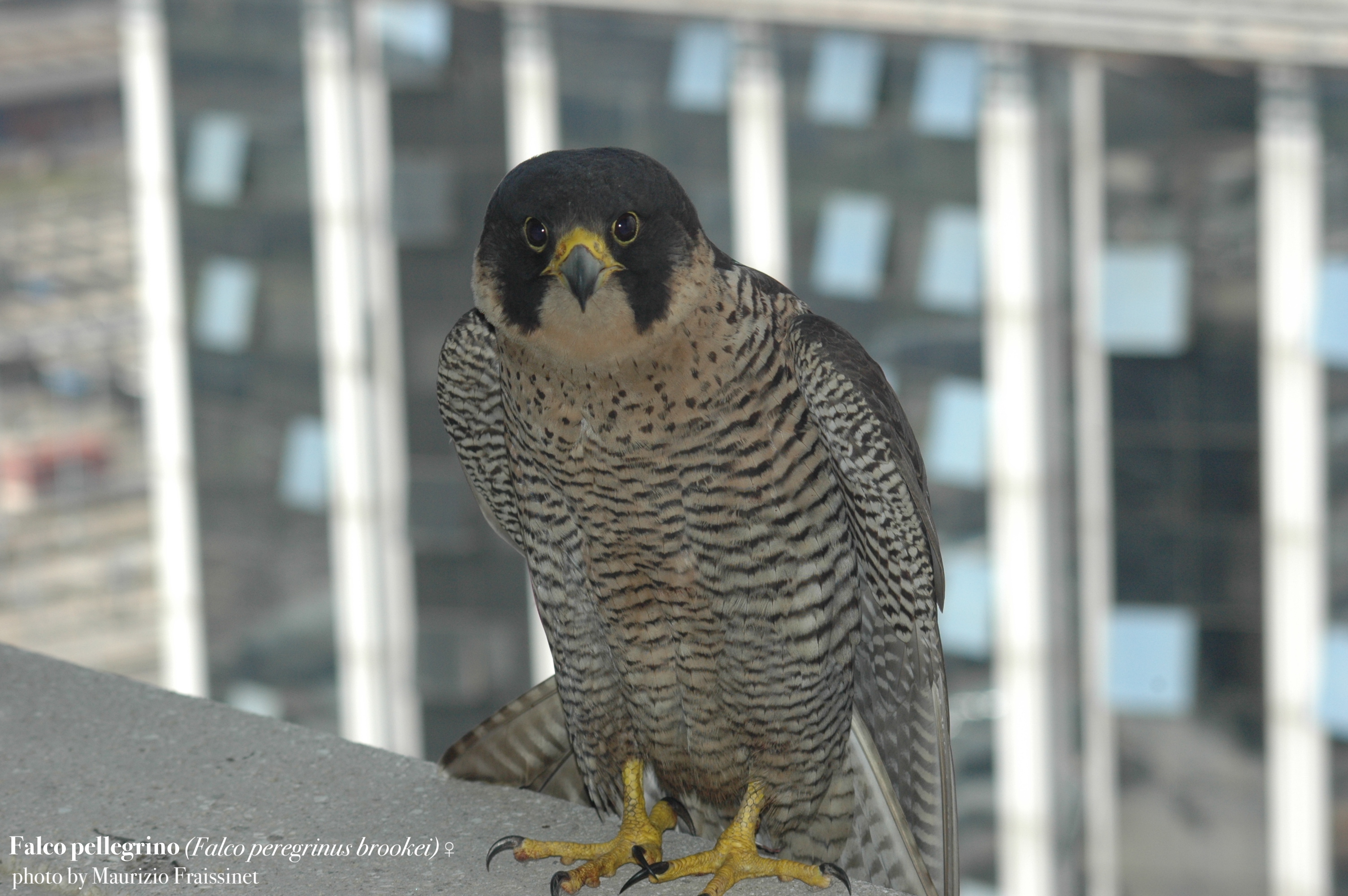The Checklist of Birds from Campania Region (updated to 31th January 2021)
Abstract
In the Campania region 361 bird species reside, 214 Non-Passeriformes and 147 Passeriformes. To these species, we must add 31 species in AERC list E and 7 species that were rejected as regional avifauna by the Italian Rarity Commitee (CISO-COI). We recorded 154 breeding birds (147 regular): 70 Non-Passeriformes and 84 Passeriformes; two are non-native species to the region and have self-sustaining breeding populations: Psittacula krameri and Acridotheres tristis. Outside these, six species have now an uncertain breeding status and two others are regionally extinct. 90 species have a status of resident birds. 51 species are transient migrants and 70 (19%) have been classified as vagrant with eight that have a “historical” presence (AERC code: B). The present study updates the last published checklist (Fraissinet 2015) making a critical review of the previous list in order to assess the status categorization of each taxon. Moreover the list adapts the systematic classification of the Italian Checklist (Brichetti & Fracasso 2015) and the recent version of IOC World Bird List (Gill et al., 2021). We also publish the first list of birds escaped from captivity observed in the region (AERC list E). Ornithological Value Index calculated on breeding birds is 126,66 and the chorological spectrum has a prevalence of Palearctic species. The purpose of this study is to realize a new base for ornithological research in the next years and to identify priority lines of monitoring and conservation of bird-areas in the region.
Downloads





